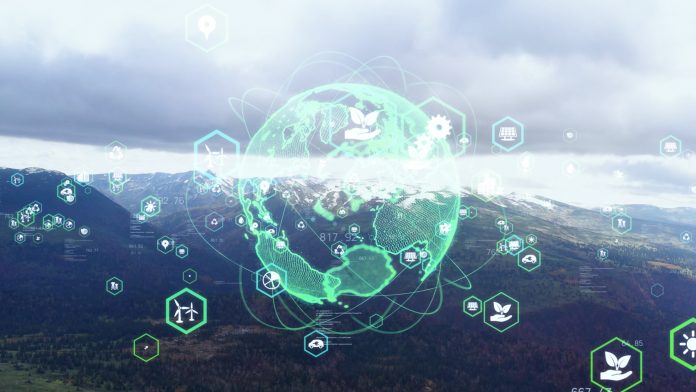Researchers are creating an Artificial Intelligence algorithm that can behave as an early warning system for runaway climate change.
A consortium of researchers, including scientists from the Universities of Waterloo, Exeter and McGill, as well as the Guelph Institute for Environmental Research, is in the process of developing a deep-learning algorithm to play the role of an early warning system against runaway climate change.
The researchers began by studying the thresholds past which fast or irreparable change starts to occur in a system. The findings of this novel research have been published in the journal Proceedings of the National Academy of Sciences (PNAS) under the title: “Deep learning for early warning signals of tipping points”.
Developing an algorithm for runaway climate change
“We found that the new algorithm was able to not only predict the tipping points more accurately than existing approaches but also provide information about what type of state lies beyond the tipping point,” explained Chris Bauch, a professor of applied mathematics at the University of Waterloo.
“Many of these tipping points are undesirable, and we would like to prevent them if we can.”
The tipping points associated with runaway climate change include melting Arctic permafrost, which could release massive quantities of methane and lead to additional rapid heating. As well as this, it could cause the breakdown of oceanic current systems, which could result in near instant changes in weather patterns; or ice sheet disintegration, which could induce rapid sea-level change.
Learning tipping point characteristics
As maintained by the team, the groundbreaking approach taken with this AI, is that it was programmed to learn not just about one type of tipping point but the characteristics of tipping points in general.
This method achieves its strength from hybridising AI and mathematical theories of tipping points, accomplishing more than either technique could on its own.
After training the AI on what they characterise as a ‘universe of possible tipping points’ that comprised around 500,000 models, the team applied it to specific real-world tipping points in different systems, such as historical climate core samples.
“Our improved method could raise red flags when we’re close to a dangerous tipping point,” commented Professor Tim Lenton, director of the Global Systems Institute at the University of Exeter.
“Providing improved early warning of climate tipping points could help societies adapt and reduce their vulnerability to what is coming, even if they cannot avoid it.”
A pattern recognition problem
Deep learning is helping to facilitate vast improvements in pattern recognition and classification, with the team having, for the first time, transformed tipping-point detection into a pattern-recognition problem.
This is done in order to detect the patterns that appear before a tipping point and get a machine-learning algorithm to determine whether a tipping point is coming.
“People are familiar with tipping points in climate systems, but there are tipping points in ecology and epidemiology and even in the stock markets,” added Thomas Bury, a postdoctoral researcher at McGill University.
“What we’ve learned is that AI is very good at detecting features of tipping points that are common to a wide variety of complex systems.”
Big advancements in climate change predictions
The new deep-learning algorithm is a “game-changer for the ability to anticipate big shifts, including those associated with climate change”, said Madhur Anand, one of the researchers on the project and director of the Guelph Institute for Environmental Research.
Now that their AI has learned how tipping points function, the researchers are at work on the next stage, which is to give it the data for contemporary trends in climate change.
“It definitely gives us a leg up,” Anand concluded. “But of course, it’s up to humanity in terms of what we do with this knowledge. I just hope that these new findings will lead to equitable, positive change.”









